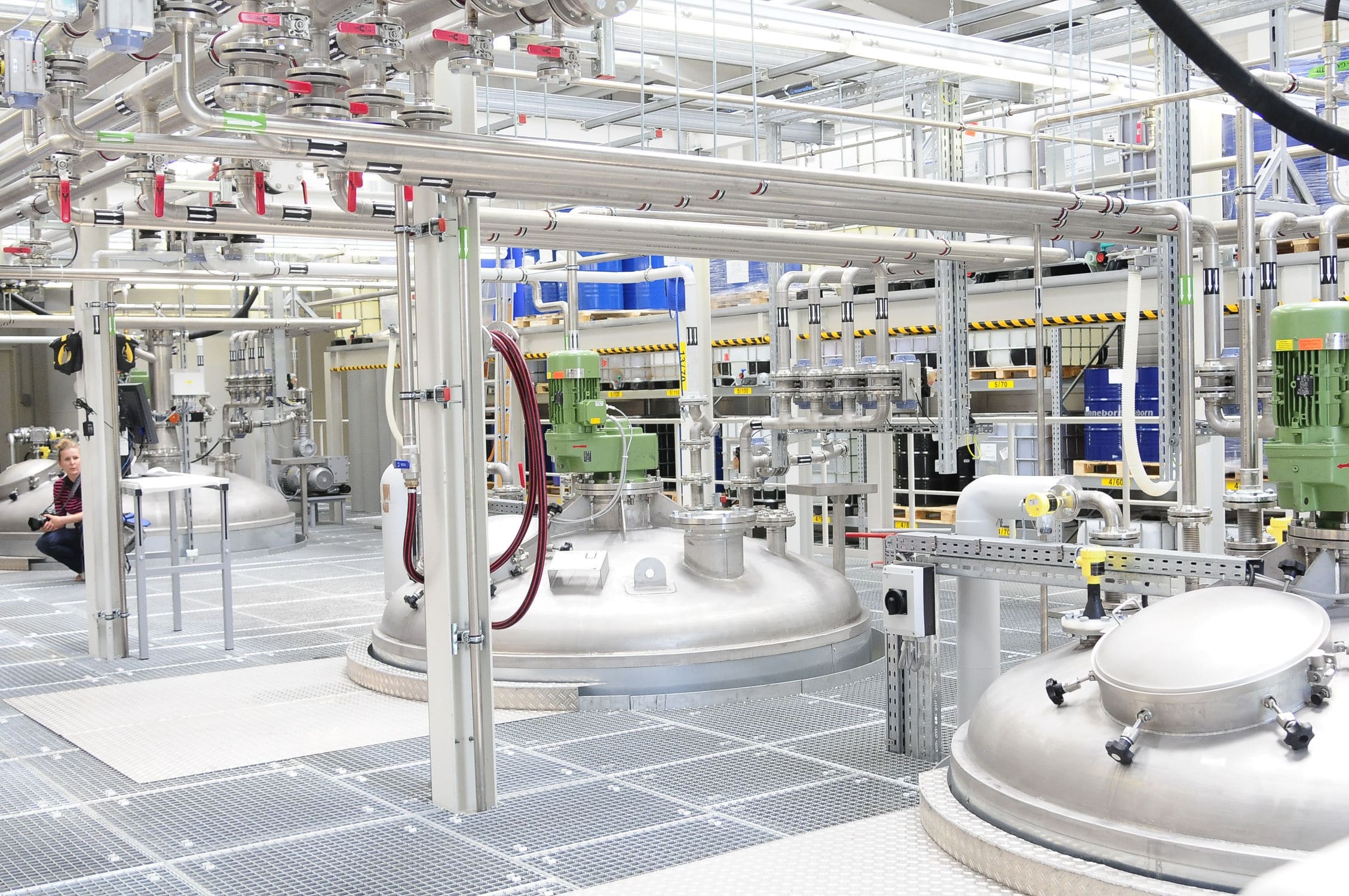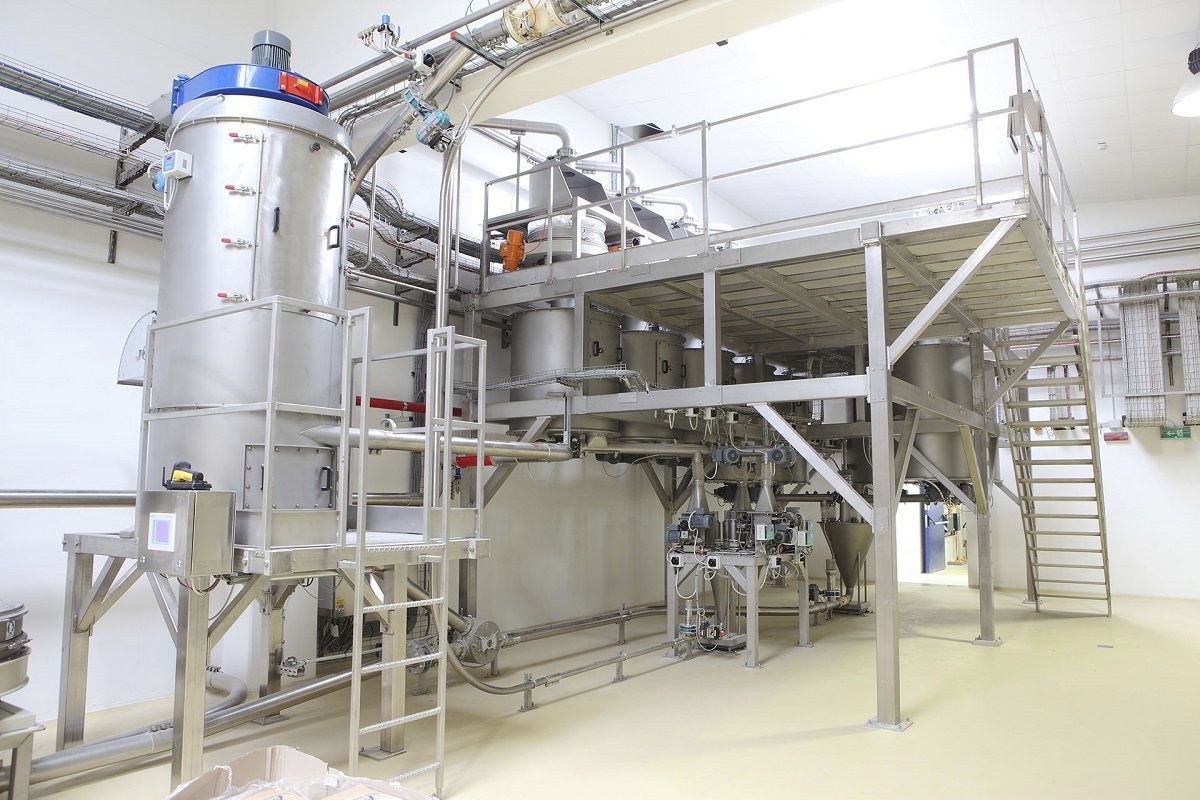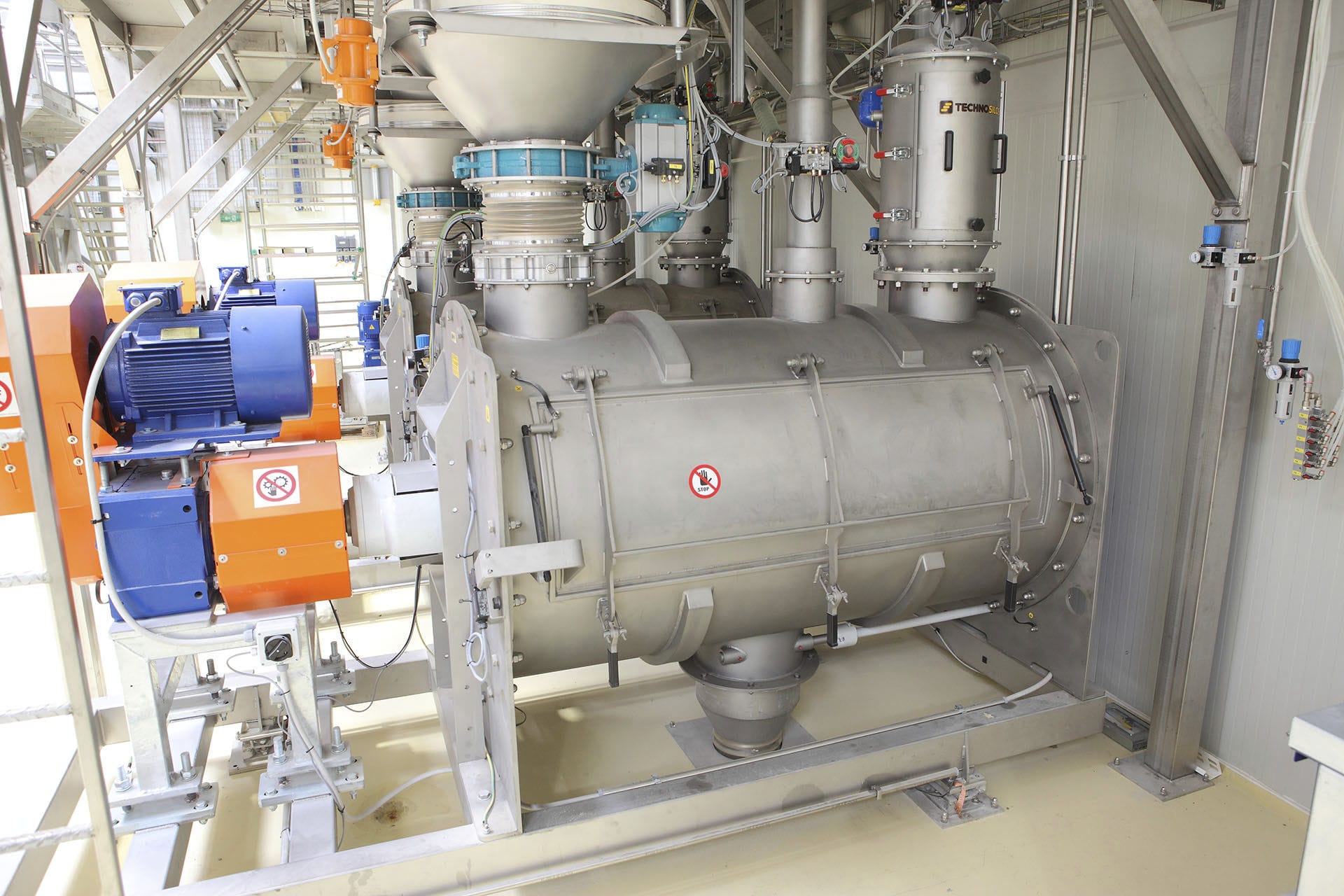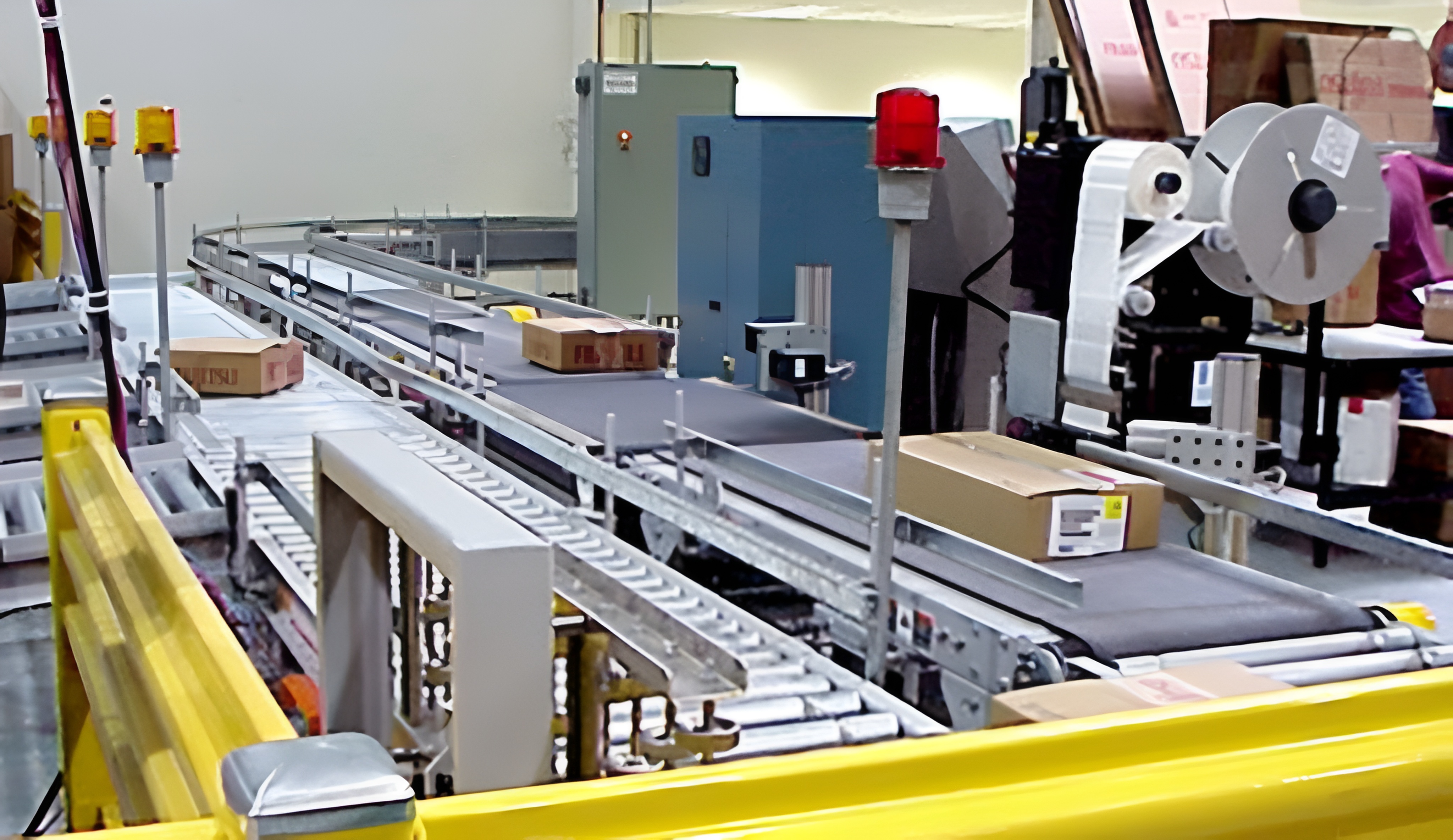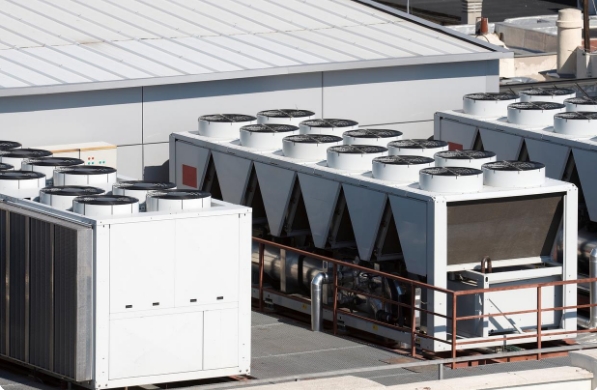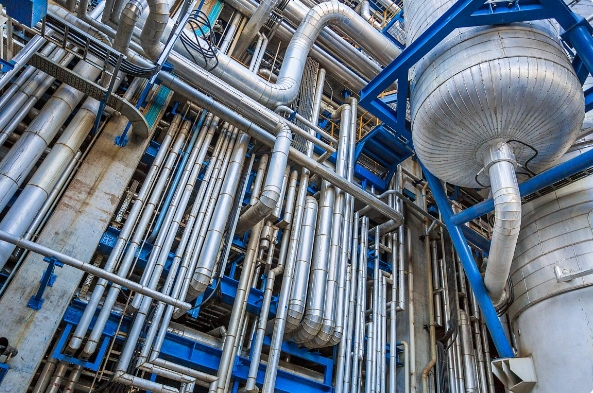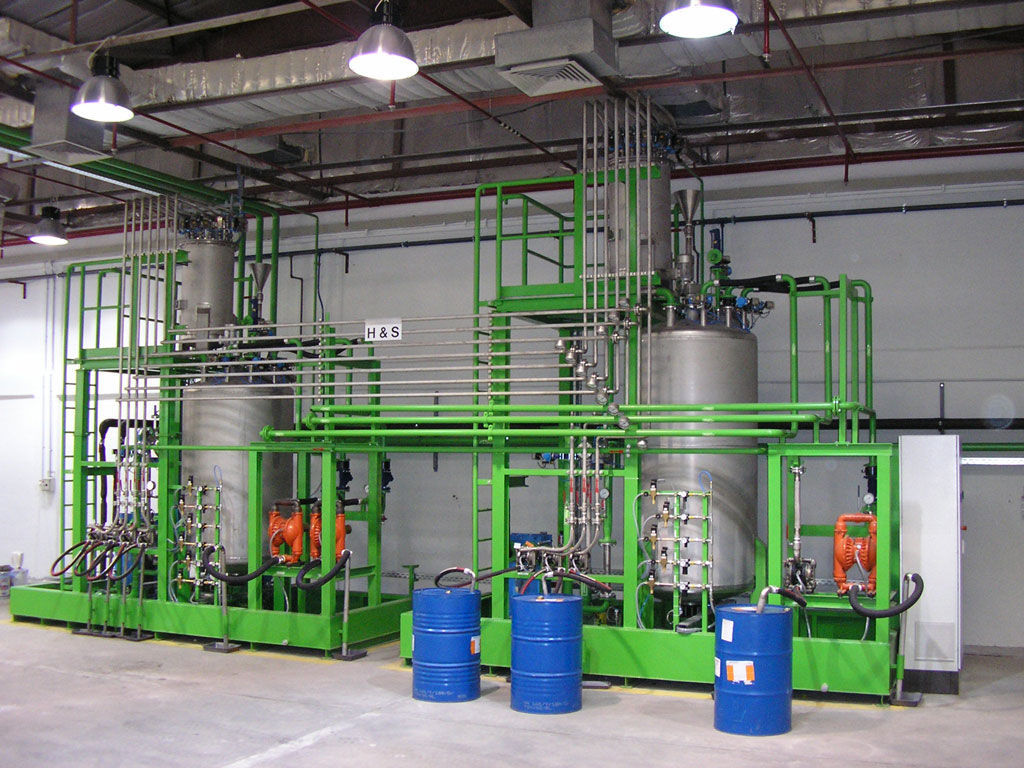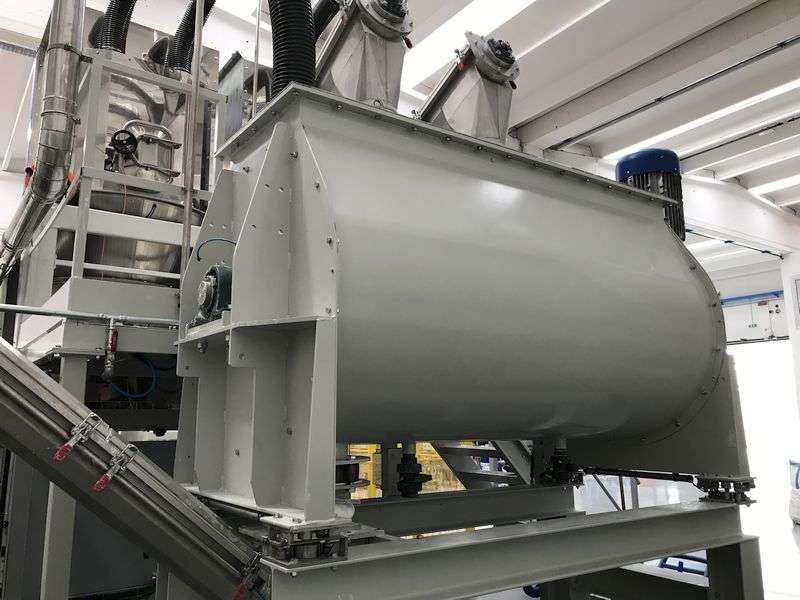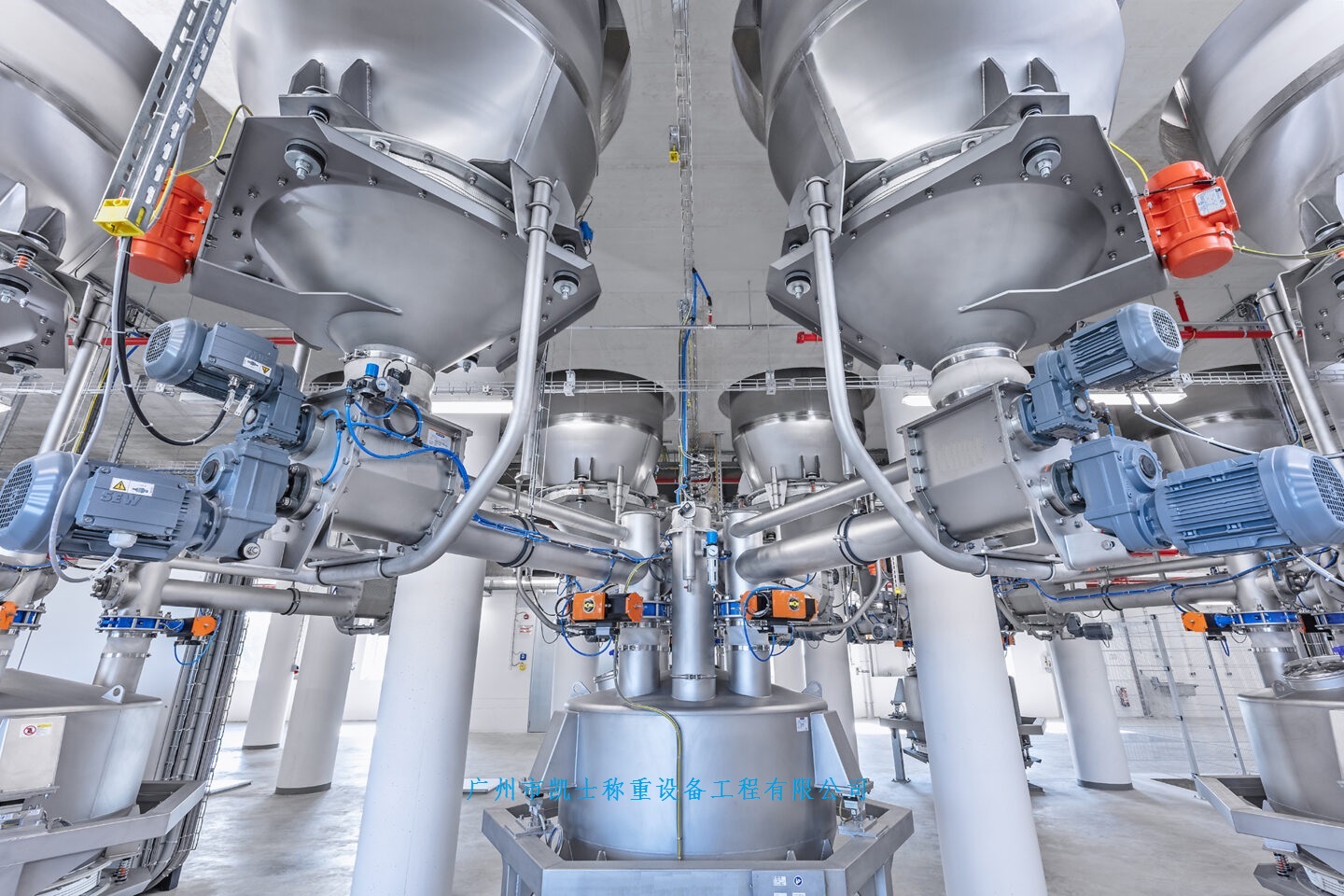

The refrigerant weighing system revolutionizes refrigerant charging in refrigeration systems and heat pumps by automatically and precisely charging refrigerant by setting overheating, undercooling and weight with the help of intelligent solenoid valves. It can be automatically filled with refrigerant and controlled by solenoid valve. Compatible with most non-corrosive refrigerants, water and ethylene glycol, but not with refrigerants containing ammonia. When charging refrigerant, an evaporation adapter must be used to protect the compressor or limit the flow through the refrigerant meter.
 020-34563445
020-34563445In view of the problems existing in the refrigerant filling of the refrigeration system, combined with the characteristics of the automotive air conditioning refrigeration system and the actual maintenance operation, the refrigerant replacement should at least include the main process components such as refrigerant recovery, vacuuming, filling refrigerant and freezing oil. Refrigerant recovery: Using the action of relevant control components, through a series of purification processes such as drying, filtration, oil and water separation, the recovered refrigerant meets the SAE standard and is reused when needed to avoid direct discharge into the air causing waste and environmental pollution; Vacuuming: No matter how much water the refrigerant contains, it will cause harm to the refrigeration system, and the water inside the air conditioning system will become steam through vacuuming, which is easily sucked away by the vacuum pump. After vacuuming, keep it for 2 to 3 minutes. If the air pressure rises, it indicates that the system is leaking. In order to facilitate maintenance, ensure that the refrigerant pipeline is properly sealed. Filling refrigerant and freezing oil: Using a high-precision Weighing system to accurately measure the filled and recovered refrigerant to improve the cooling effect.
Refrigerant filling device control system, mainly MCU as the core, including Electronic scale, temperature detection, pressure detection, display, keyboard interface, communication interface, printer interface, multiple state detection, multiple executive switch control circuit composition, etc. The main completion of refrigerant recovery, cleaning, air discharge, low pressure filling, high pressure filling, vacuum and refrigerant filling amount control, leak detection, etc., each process is achieved by MCU control of the corresponding actuator.
The filling amount of refrigerant is completed by the weighing control system, and the strain gauge weighing module completes the electronic weighing control function. The filling process is controlled through the weighing sensor to detect the weight of the refrigerant filling and refrigerant amount on the platform, and to set the filling amount. Therefore, the quality of the sensor detection and conditioning circuit will directly affect the measurement and control results, the sensor detects the weight of the refrigerant tank on the platform and its internal refrigerant, and accordingly controls the refrigerant filling process.
The leak detection principle of the system is to use air filled with A certain pressure to detect the pressure change value within a certain period of time to judge the leakage situation. The output signal of the weighing module is amplified into a standard voltage signal (O ~ 5V), which is supplied to the A/D interface of the MCU. After sampling processing by the MCU, it is compared with the set value to judge the size of its leakage. The ASDX series sensor is adopted, which belongs to piezoresistive sensor. The induction element contained within it is composed of four piezoelectric resistors. When the pressure changes, the value of the resistance changes, and an output electrical signal is generated through the circuit. Its signal conditioning circuit is similar to weighing. There are 8 solenoid valves, 1 vacuum pump and 1 compressor in the system, all of which operate at AC220 V and are controlled according to different workflows. After comparison and field debugging, the circuit separates the control loop from the load loop by photoelectric isolation, and adds a resistance-capacitance absorption circuit in the load loop, which can effectively absorb the electromagnetic interference generated by the load action and ensure the normal operation of the system.




